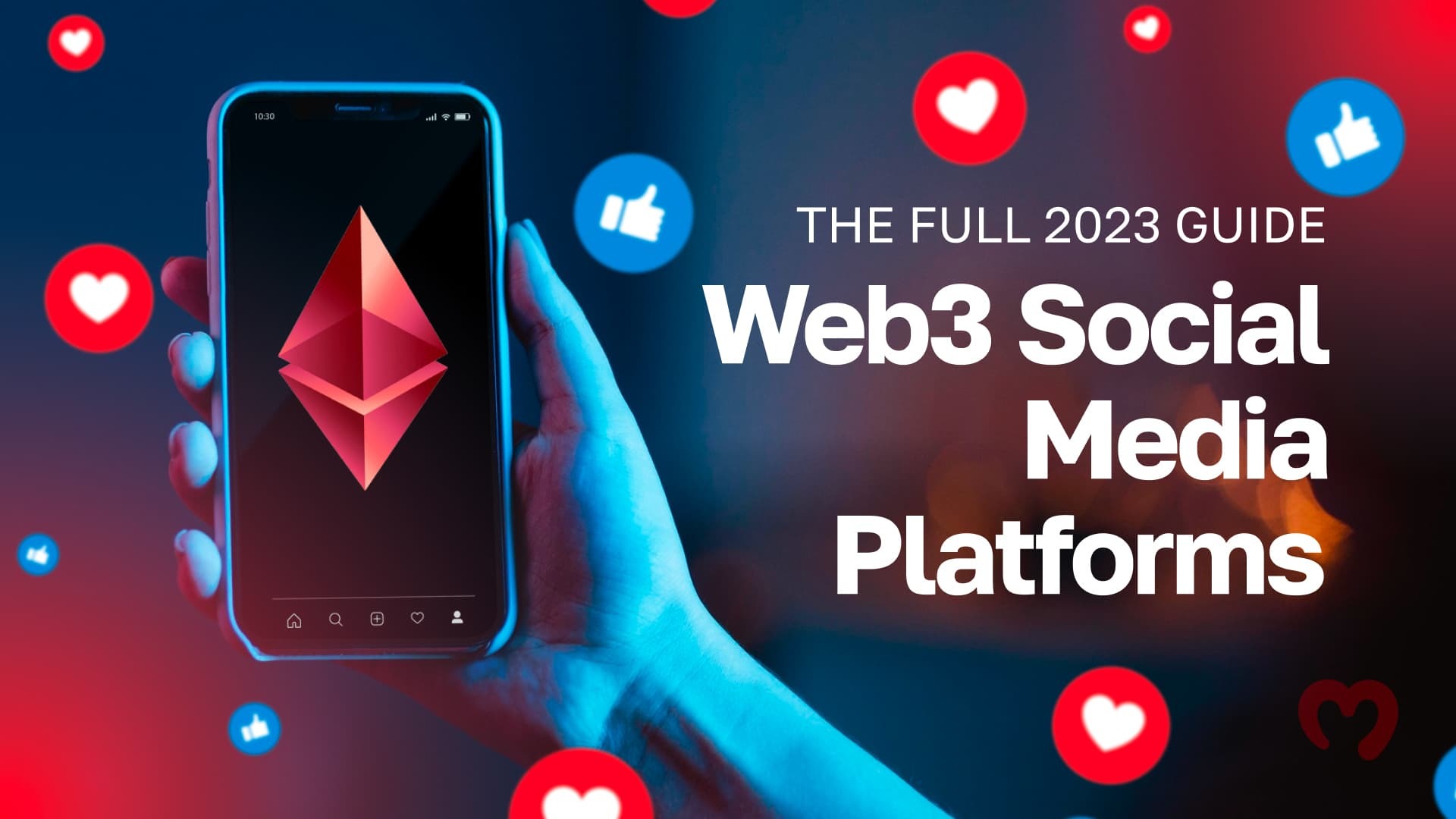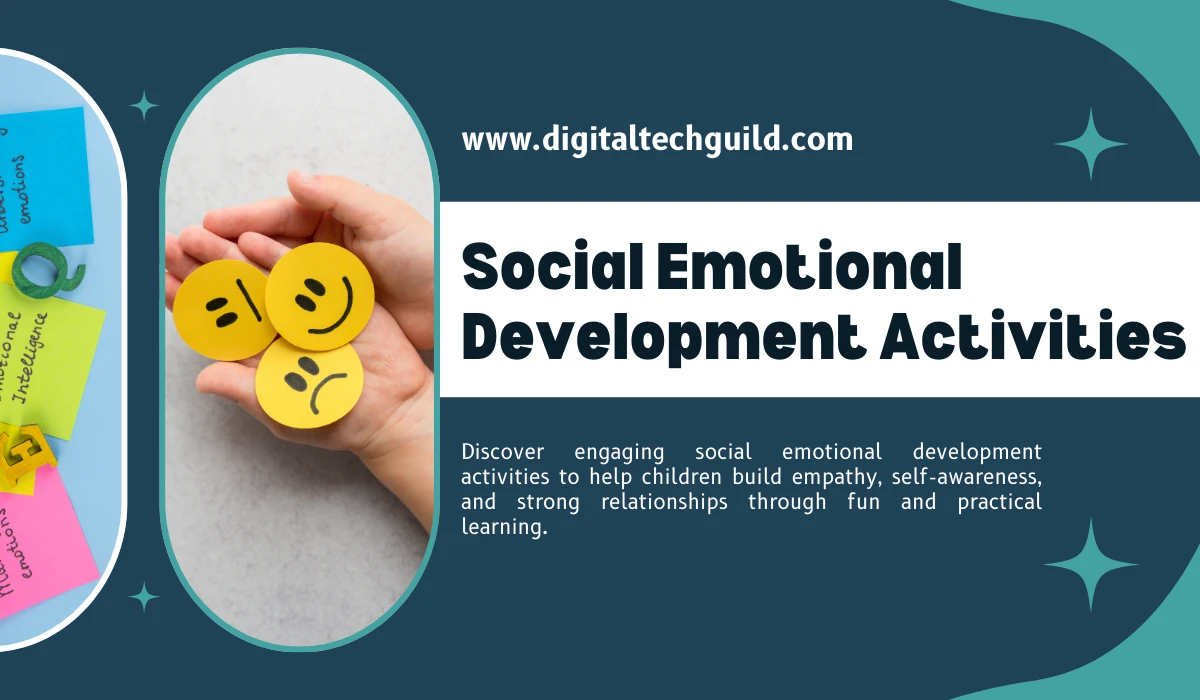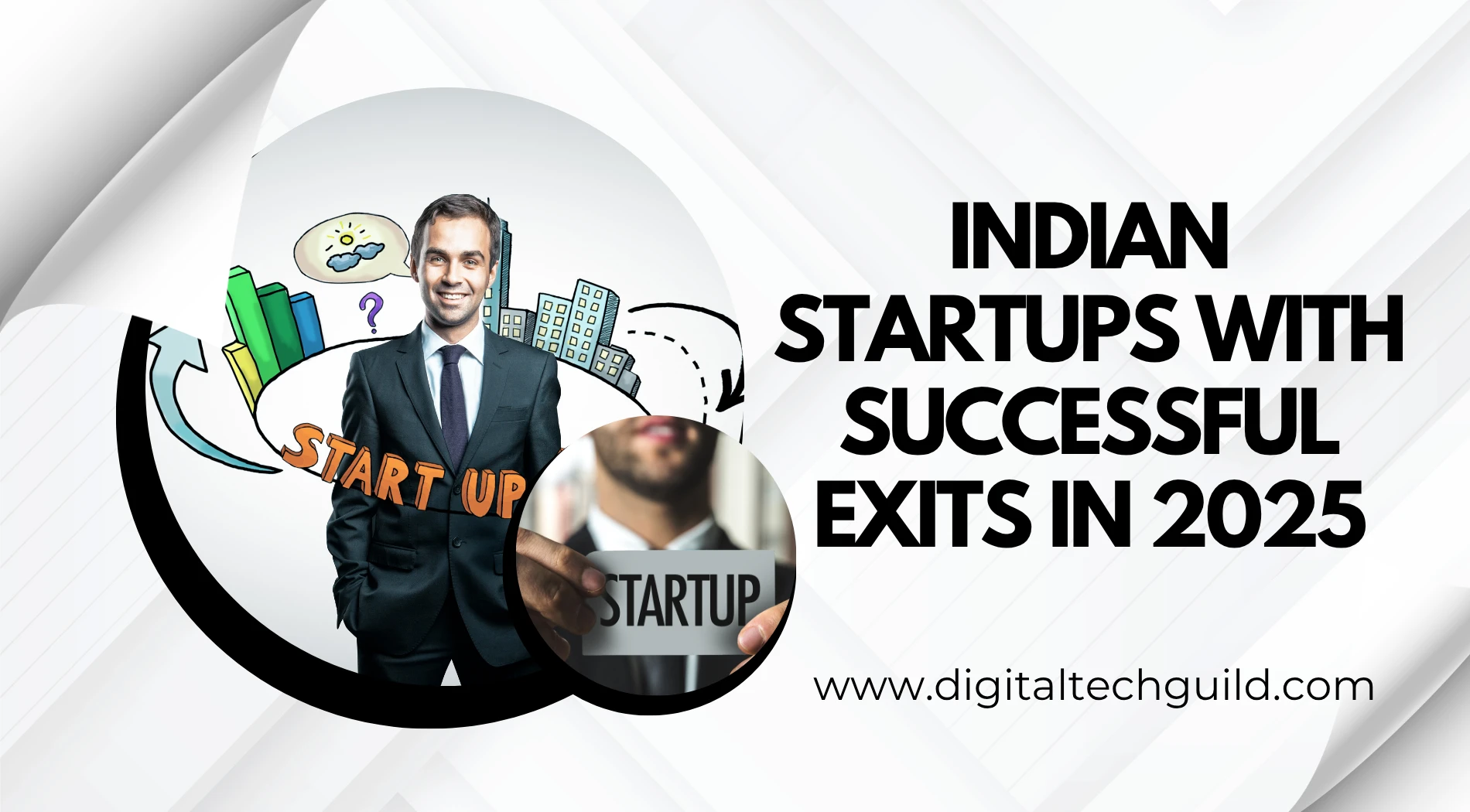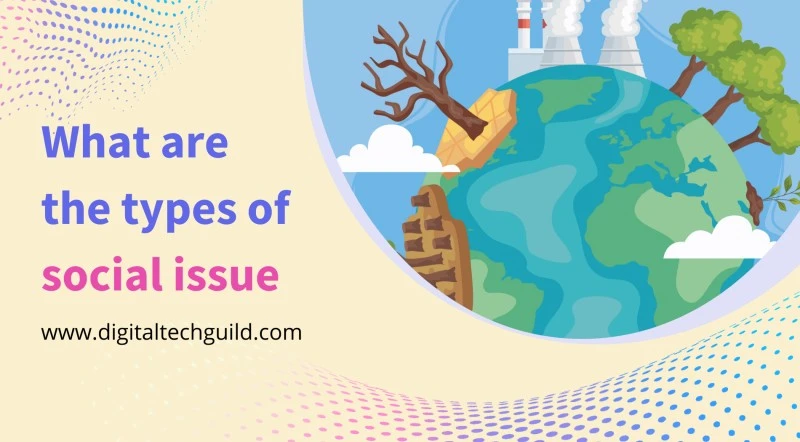Social media is changing as the internet does. Traditional social media platforms violate user privacy, utilize dubious data, and censor users heavily. Web3 social media platforms attempt to alter that. This article explains Web 3.0 social networking platforms and the finest ones on the market.
How Do Web3 Social Media Platforms Work?
A Web 3.0 social media network is more transparent by combining modern technology with fairness, privacy, and user control. Social media runs on a network of computers called nodes rather than a central server. Users manage their data and online identities more.
These platforms have native tokens or crypto. Users may win valuable tokens for their efforts. The community may also utilize them to thank their favorite artists. Decentralized governance is also common on Web3 systems. Collectively, users decide platform updates and modifications.
Benefits of a Web3 Social Media Network
A Web3 social media platform offers several benefits compared to a traditional centralized social media platform:
- Prioritizes user control over their data and online identity
Users have greater ownership and autonomy over their personal information, content, and interactions, reducing the risk of data exploitation or manipulation by centralized platforms.
- Enhanced privacy and security
Decentralized social media platforms often implement privacy-enhancing technologies, such as encryption and zero-knowledge proofs, to protect user data. Users have stronger privacy assurances, reducing the likelihood of data breaches or unauthorized access.
- Exciting incentives
Tokenized ecosystems reward users for their contributions, such as creating content, curating quality content, or participating in governance decisions. This incentivization model allows users to benefit financially and encourages active engagement.
- Interoperability and data portability
A Web3 social media platform is interoperable, enabling seamless integration with other decentralized applications (DApps) and platforms. Users have the flexibility to control and move their data across different services, promoting data portability and reducing vendor lock-in.
List of the Top 4 Web3 Social Media Platforms
Here are the top Web3 social media apps to try today:
1. Diamond App

Diamond App is a decentralized social media network based on DeSo blockchain technology that intends to give users control over their social identities while also allowing them to monetise their content and impact.
Diamond App pioneers a novel idea by issuing personalized tokens known as creator coins to each member on the social network. These creator coins indicate a user's reputation and influence on the network. Users may purchase, sell, and keep creator coins from a variety of accounts, including their own, allowing them to invest in artists they support.
In November 2022, the community had more than 130,000 active users. Like conventional social channels, it features a social feed where you can view the most popular posts as well as postings from artists you follow. You may create a profile and include your bio. Sending direct messages to other artists also allows for quick contact.
2. Minds
Minds is an open-source Web3 social media platform that provides users with a privacy-conscious and decentralized alternative to traditional social networks. Users may earn Minds tokens, a cryptocurrency, by promoting content, helping other users, and subscribing to a premium membership. These tokens are held on the Ethereum blockchain, which ensures openness and accountability in token transactions.
The incorporation of cryptocurrency allows users to use Minds Tokens to increase the exposure of their content and swap tokens for other cryptocurrencies or fiat cash. This enables users to profit from their contributions and even monetize their efforts on the social media platform.
By 2020, Minds had 2.5 million registered users. Users may connect on the Web3 social media platform using a variety of features such as content postings, direct conversation, following other users, and joining a community. Users may interact with content by reacting, commenting, and sharing, which promotes debates and relationships.
3. Audius

Audius is a next-generation decentralized social media platform built for musicians and music lovers. It’s a decentralized music streaming platform that offers a unique and artist-centric experience.
The social media platform allows artists to directly upload, share, and monetize their music, giving them control over their content and the opportunity to earn revenue through streaming royalties, tips, and fan engagement. Smart contracts handle royalty payments, guaranteeing fair distribution of revenue to artists based on predefined rules.
Last year, the platform’s user community hit 7.5 million. Audius encourages user interaction through music streaming, favoriting tracks, following artists, playlist creation, and reposting. It fosters community engagement and collaboration by providing features for messaging, networking, and remixing. Users can directly communicate with artists, provide feedback, and build a sense of community within the social media platform.
4. Mastodon

Mastodon is one of the greatest decentralized social media networks, providing users with an alternative to traditional centralized platforms. It has more than ten million registered users. It uses a federated approach, in which numerous autonomous servers, called as instances, create a network.
Each instance operates autonomously, enabling users to choose the instance that best suits their tastes and community norms. This encourages individuality, variety, and resilience on the social networking platform.
Mastodon supports a variety of user interactions, including toots (short messages), responses, mentions, boosts (reblogs), and direct messaging. These tools make it easier to engage in discussions, form communities, and share content. Users may follow accounts of interest and tailor their timelines appropriately.











